Little monsters under your desk
Yes, it’s true. You are not alone in your office. Even if you are not at work, there’s someone (or something) living right under your desk, in your office’s restroom, or inside of your keyboard. How is that? Researches from the University of Oregon in Eugene (USA) examined 155 rooms of a University building – offices, classrooms and toilets. According to a paper, published in the “PLOS One” magazine, they identified about 30,000 different species of bacteria. A few of them could be found in each of the rooms, some only lived in certain spaces.
The researches identified basically Proteobacteria and Firmicutes cultures. Those are common to be found inside of buildings and close to humans, plants or in the soil. They also lived in the restrooms, alongside bacteria strains that live on skin or inside humans, such as gut bacteria (for example Lactobacillus or E. coli). No big surprises here.
What does that mean for the office people? After all, it’s us who work and live with tens of thousands of those species every day. It does not mean a lot yet. Research has to go on now to estimate if the bacteria do have a bad, good or at least any influence on the human wellbeeing. But the examinations already showed that design and facilities of different rooms do have an influence on the bacteria found in the rooms. If the room was air conditioned it was mainly filled with strains that are heat- or drought-resistant. Rooms with a regular ‘natural’ ventilation were crowded with bacteria that usually lives outside of buildings.
Are drones the next weapon against poaching?
In 2013 South Africa lost more than 1000 rhinos to illegal hunting. In other countries such as Vietnam, rhinos are already extinct. Now, a US company hopes to launch unmanned drones equipped with cameras to frighten off poachers.
Airware is a company that develops a new autopilot system for commercial drones. Those drones can be used for many different purposes, the company says. Such as inspections, search and rescue operations – or to watch out for poachers across large areas of African safari parks.
The company has conducted a field test in Kenya with drones designed to protect rhinos. First results suggest they may be a promising tool for wildlife conservation.
But why in Kenia? The country lost 50 rhinos in 2013. The team went to Ol Pejeta which is East Africa’s largest black rhino sanctuary. Set up to act as a deterrent and for surveillance the drone was sending real-time video and thermal imaging feeds to the rangers on the ground. The drone navigates autonomously, along a prescribed flight route and requires just one person to operate, who can also instruct the aircraft what to look out for with the on-board camera.
The test prototype “surpassed all our expectations,” the team said afterwards. Just maybe tech innovations like these could help to preserve threatened species.
And it is an effort, that is obviously more realistic than a concept by artist Robert Chew. He thought about robots that take the forms of (poached) animals to blend in with the wildlife and help capture poachers.
Loss of predators leads to alien landscapes
No sympathy for carnivores? Think again. Sitting at the top of the food chain, large predators have a special role in the animal kingdom. But just how important lions, wolfs or lynx really are is revealed in a new Nature study published today. The global decline in the number of these and other big carnivores means the animals they typically prey on – mostly plant eaters – multiply unchecked. With potentially dire consequences for many ecosystems around the world. Plant eaters that would otherwise end their lives between sharp teeth are free to gobble away the vegetation, dramatically changing the face of the landscapes they inhabit. The researchers from Oregon State University base their findings on observations in the US’ Yellowstone National Park and in Finland, where the decline of large predators has led to so much loss of plants and trees that soil erosion occurs, putting at risk harvests and ultimately livelihoods, too.
Now this is old – The Top 5 of long-living creatures
1. Tuatara
Tuatara is not only a living fossil that is around since about 200 million years. The lizards are of great interest for evolutionary studies because they have some incredible features such as a photoreceptive eye (the “third eye”), or their ability to hear, although no external ears are present. Most interesting for this list is their lifespan – Tuatara can become upto 200 years old.
2. Bowhead whale
Reaching an age of 200 years is nothing if you are a Bowhead whale. The oldest ever discovered was said to be 211 years old. The whale can grow upto 20 meters in length and reach a weight of 75 to 100 tonnes. As it lives in Arctic and sub-Arctic waters it‘s also known as Arctic whale.
3. Tortoises
Of course there are tortoises. We all know that they can become very old. They are actually considered to be the longest living vertebrates on Earth. But there are examples that scores off all the others. Harriet, a Galápagos tortoise died of heart failure at the age of 175 years in 2006. It was on the boat with Charles Darwin during his epic voyage. But maybe there‘s another record: An Aldabra giant tortoise named Adwaita is said to be died an age of 250, also in 2006.
4. Black coral
We stay in the water for a 4th example of extremly long-living creatures. Deep down in the ocean we will find Black corals. These tree-like corals with a almost black skeleton normally occur in the tropics. Now hold your heads: In 2009 scientists released research-results on those corals. And they said that they discovered specimens of the Black coral that reached an age of around 4,265 years. One reason is that these corals grow very very slow.
5. Creosote bush
That brings us to the king of long-lasting species. It‘s a bush ring in the Mojave Desert and it has it‘s kingness written in it‘s name: King Clone, a Creosote bush ring is estimated to be 11,700 years old. That‘s like wow. Who will beat that? The battle is going on for… some other millennia.
5 smallest animals
Lists are somehow en vogue so we’ve put some together for you – like the 5 smallest animals in the world (to be completely honest, we should say “the five smallest animals – that we found pictures for”).
Hippocampus denise – the smallest seahorse
The Denise’s pygmy seahorse grows only 1.5 centimeters long and are named after the underwater-photographer Denise Nielsen-Tackett.
Brookesia micra – the smallest reptile
This chameleon – that does not have a non-scientific name (yet) – is with a maximum length of 29 millimeters the smallest known reptile. It lives only in one spot on our planet: in the North of Madagascar.
Leptotyphlops or Tetracheilostoma carlae – the smallest snake
As thin as a spaghetti noodle, you better don’t chew on it or dip it in tomato sauce… with a maximum length of 104 millimeters it won’t satisfy your hunger anyway. If you are curious about the name: It’s discoverer Blair Hedges named it after his wife Carla Ann.
Mellisuga helenae – the smallest bird
The bee hummingbird flies around mainly in Cuba – and can easily been overlooked as it is only about 6 centimeters long and quite fast: during one day it visits about 1,500 flowers.
Paedophryne amauensis – the smallest frog
The smallest vertebrate – the frog Paedophryne amauensis – was found in Papua New Guinea, where it prefers to live in the leaf litter of the ground of tropical forests.
Among the cutest smallest animals is the Pygmy Marmoset.
You spotted other cute, tiny animals? Share your examples with us in the comments below!






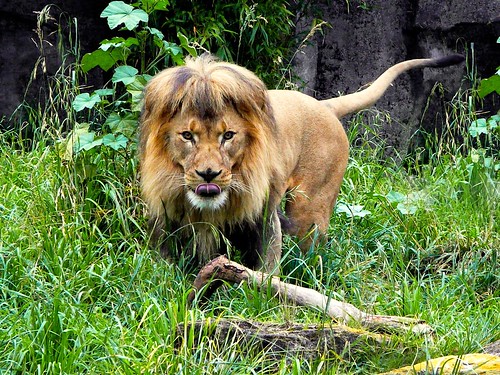

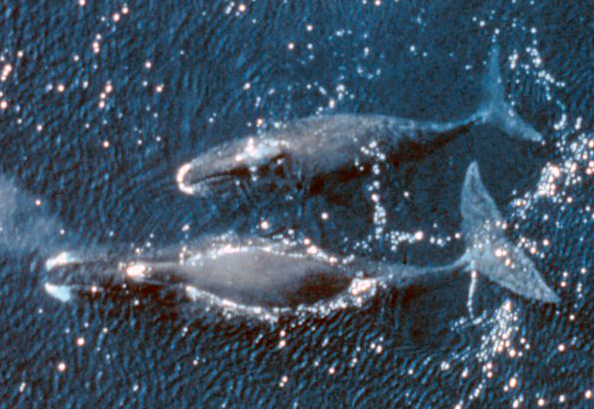
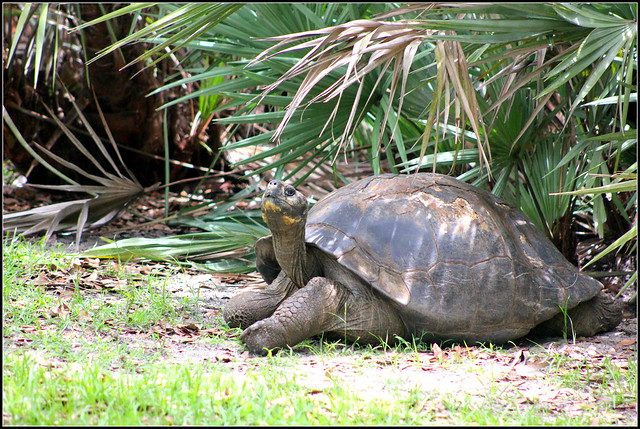


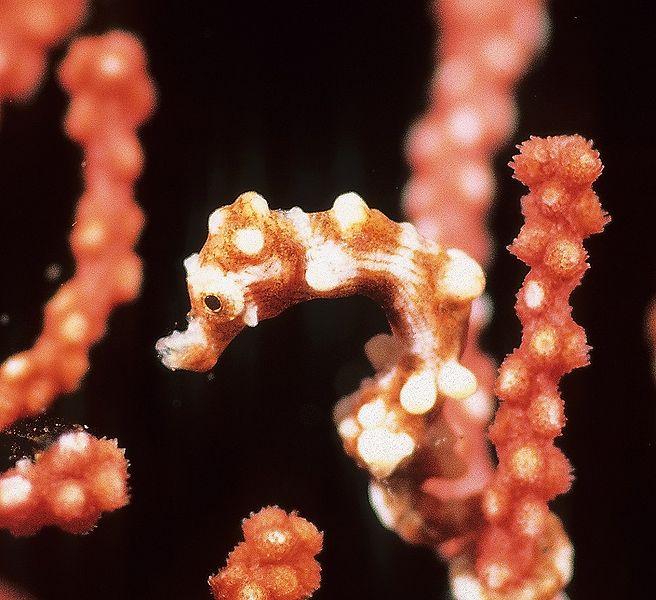
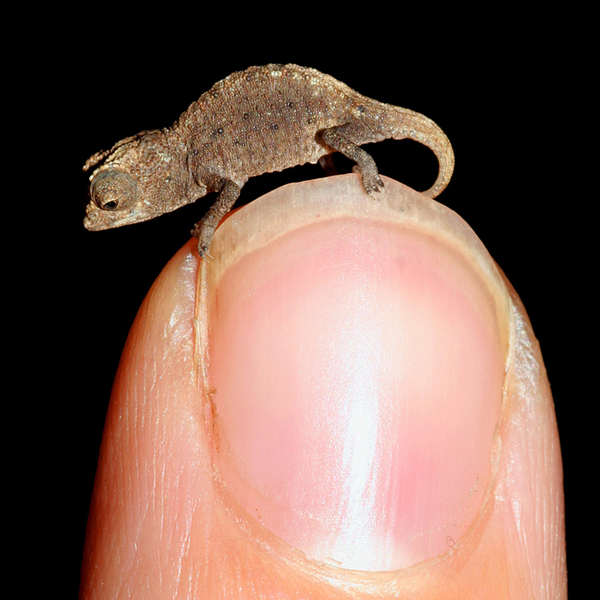
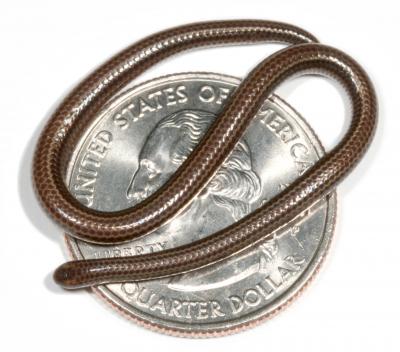






Feedback